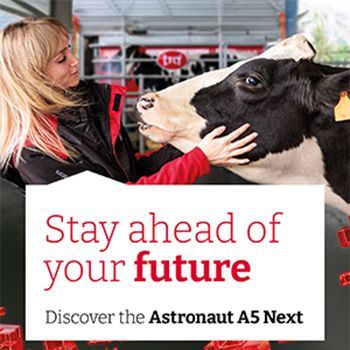US Updates Net Merit Index: Shifting Emphasis in Dairy Cattle Genetics Reflects New Economic Priorities

According to information provided by the company "CENTERPLEM," the update is accompanied by a recalculation of breed bases, as well as a change in the weights of key traits, making the index more sensitive to current market realities. In particular, the importance of milk fat content has been increased - amid rising milk prices to $19 per kilogram, fat has become a key source of dairy profit. Bulls with high values for this indicator now occupy higher positions in the rankings.
Key changes in NM$-2025 include:
⦁ Increased weighting of traits related to meat productivity, reflecting the growing demand for beef;
⦁ Shifting the emphasis from daughter pregnancy rate (DPR) to cow and heifer conception rates (CCR and HCR), due to changes in breeding strategies;
⦁ Refinement of feed cost data, which has increased the importance of feed efficiency (RFI) and body condition score (BCS) indexes;
⦁ Overall improvement in milk composition indicators, especially in Ayrshire and Brown Swiss breeds, actively used in the Russian Federation;
⦁ Increased fertility indicators, despite a decrease in livability and disease resistance, due to increased selection for milk production and a high level of inbreeding.
As noted by the director of "CENTERPLEM," Danila Suslov, despite significant adjustments, the updated index maintains continuity with the previous version: the correlation between NM$ values for 2021 and 2025 is 0.99. This means that the evaluation vector remains stable while adapting to new priorities.
Net Merit is widely used in Russian farms, especially those working with American genetics. Suslov emphasizes that amid the strengthening of food security and the course towards the development of its own breeding base, understanding the logic and methodology of indexing becomes an important tool for making decisions when selecting genetic material.
"Adjustments to NM$ are a market signal: productivity, health, and economic return are becoming key. We continue to monitor international trends in livestock genetics to effectively adapt them to the realities of the Russian market," summarized Danila Suslov.














